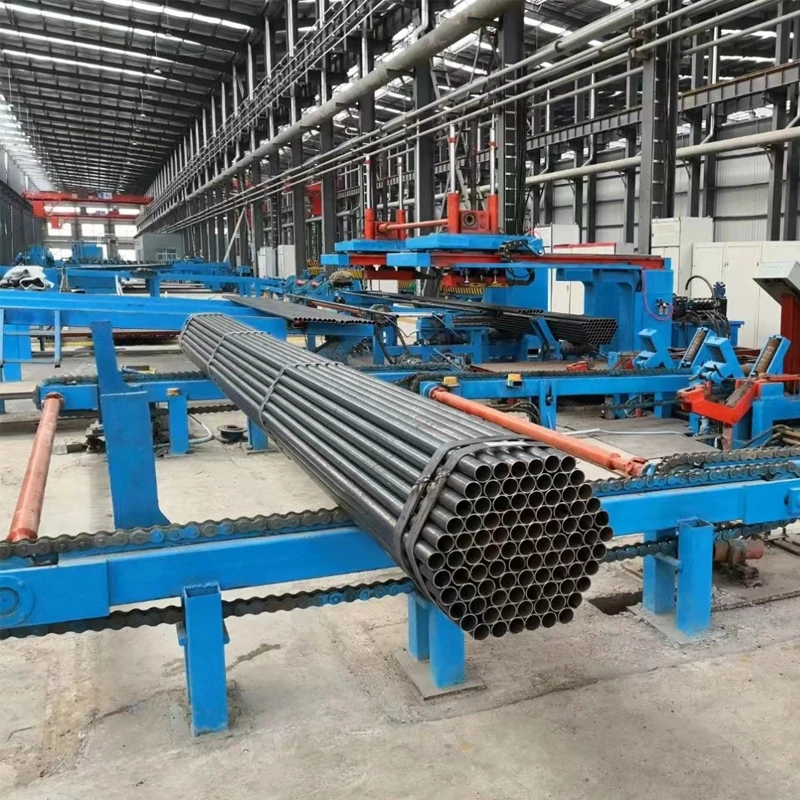wire straightening and cutting
An Overview of Wire Straightening and Cutting Processes
Wire straightening and cutting are essential processes in various industries, including manufacturing, construction, and electronics. These processes ensure that wire products meet specific design specifications and quality standards. In this article, we will explore the significance, methods, and applications of wire straightening and cutting in greater detail.
Importance of Wire Straightening and Cutting
Wire is a fundamental material used in many applications, ranging from simple construction frameworks to intricate electronic components. However, during manufacturing or transportation, wire can become coiled, bent, or twisted. This deformation can lead to challenges in handling, increased risk of material failure, and difficulties in ensuring precise measurements. Wire straightening makes it easier to work with the material, enhancing its usability while ensuring it meets regulatory standards.
Cutting is another critical process that follows straightening. Cutting determines the length of the wire needed for specific applications. Precise cutting can reduce waste, minimize costs, and enhance overall production efficiency. The combination of accurate straightening and cutting ensures that manufacturers can produce high-quality wire products that meet customer specifications.
Methods of Wire Straightening
There are several methods for straightening wire, each suitable for different types of wire, material properties, and production scales. Here are some of the most common techniques
1. Mechanical Straightening This method involves using a series of rollers or straightening machines that apply tension to the wire as it passes through. The rollers are strategically placed to exert enough pressure on the bent sections of the wire, redistributing the stress and restoring it to a straight form. Mechanical straightening is effective for a wide range of wire diameters and materials, making it a popular choice in manufacturing environments.
2. Heat Treatment For certain types of wire, especially those made from more resilient materials like stainless steel or high-strength alloys, heat treatment can be an effective straightening method. By heating the wire to a specific temperature, any internal stresses can be relieved, allowing the wire to assume a straighter configuration when cooled. However, this method requires careful temperature control to prevent altering the wire's material properties.
3. Hydraulic and Pneumatic Systems These advanced methods utilize hydraulic or pneumatic forces to achieve straightening. Such systems offer a high level of precision, making them suitable for applications where tolerances are tight. These procedures typically involve complex machinery and can be integrated into automated production lines for efficiency.
Cutting Processes
wire straightening and cutting

Once the wire is straightened, the cutting process can begin
. Various techniques tend to be employed depending on the required finish and the material type1. Shearing This method involves applying a shearing force to the wire, which results in clean and precise cuts. Shearing machines can handle various wire diameters, and the process is efficient for mass production environments where speed is essential.
2. Laser Cutting In some cases, laser cutting technology is employed for its precision and capability of handling intricate designs. This method is particularly advantageous when working with alloys and specialized coatings, as the laser can be finely tuned to achieve the desired cutting effect without affecting the wire's structural integrity.
3. Sawing Traditional sawing methods are still used in some applications, particularly for thicker wires. Bandsaws or circular saws provide robust cutting capabilities, though they may generate more waste than other methods.
Applications of Wire Straightening and Cutting
The applications of wire straightening and cutting are vast, encompassing many industries.
- In the construction industry, straightened and cut wire is essential for reinforcing concrete or fabricating meshes for buildings. Wire rods can be transformed into ties, anchors, and rebar, all of which require precise lengths and shapes.
- Electronics rely on straightened and cut wire for cable assemblies, connectors, and components. The accuracy of these processes directly impacts the performance and reliability of electronic devices.
- The automotive industry utilizes straightened and cut wire in components such as springs, brackets, and wiring harnesses, all of which demand high mechanical properties and precise dimensions.
Conclusion
Wire straightening and cutting are integral to ensuring the quality and functionality of wire products across various sectors. Through various techniques, manufacturers can achieved standardized and reliable wires, providing the foundation for countless applications. As technology advances, these processes will continue to evolve, incorporating automation and precision tools, ultimately enhancing production efficiency and product quality across industries.
-
High Frequency Straight Seam Welded Pipe Production Line-BzZhou Xinghua Machinery Equipment Manufacturing Co., LTD.|Precision Welding, High EfficiencyNewsJul.30,2025
-
High Frequency Straight Seam Welded Pipe Production Line|BzZhou Xinghua|Precision Welding&EfficiencyNewsJul.30,2025
-
High Frequency Straight Seam Welded Pipe Production Line - BzZhou Xinghua|Precision Engineering&EfficiencyNewsJul.30,2025
-
High-Frequency Straight Seam Welded Pipe Production Line-BzZhou Xinghua Machinery Equipment Manufacturing Co., LTD.NewsJul.30,2025
-
High-Frequency Straight Seam Welded Pipe Production Line-BzZhou Xinghua Machinery Equipment Manufacturing Co., LTD.|Precision Manufacturing, High EfficiencyNewsJul.30,2025
-
High Frequency Straight Seam Welded Pipe Production Line-BzZhou Xinghua Machinery Equipment Manufacturing Co., LTD.|Precision Steel Pipe Manufacturing&Industrial EfficiencyNewsJul.29,2025


